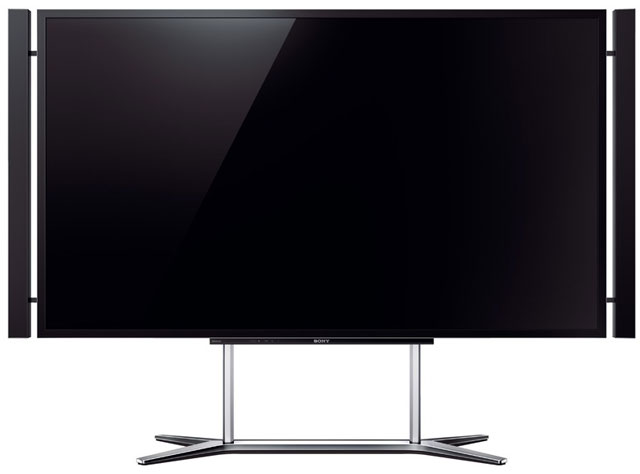
Ultra-high-definition (UHD) television, which offers a resolution of 2160p — or four times that of current-generation HD TVs — has a bright future, though it still has a number of obstacles it has to overcome before it achieves mainstream success, according to a new report from Deloitte.
The report, “Survival of the fastest: TV’s evolution in a connected world”, says UHD technology has made significant progress in the past year, with prices falling sharply and more content shot in so-called “4K” resolution becoming available.
Consumers are also more open to the idea of bigger-screen TVs, the report says. “Customer expectations of picture quality have risen considerably since UHD was first demonstrated and the average size of the TV screen has increased markedly,” it says.
“Deloitte agrees that the path to UHD — as is the case with introducing any new major technology — is hazardous and lengthy,” it adds. “However, overall we believe that UHD’s challenges with be addressed and we are optimistic about [its] momentum.”
One of the challenges is the availability of content, or rather the lack thereof. But the report says that although the choice is currently small, it is expanding rapidly.
“Some shows are already shot in 4K, but broadcast in HD. For example, UK broadcaster Sky filmed the latest series of Got to Dance in 4K. Drama is also being shot in UHD. Netflix filmed House of Cards at this resolution and plans to make the 4K version available via streaming in 2014.”
Shows originally shot in HD are being converted to 4K, it adds. Also, several matches at the 2014 World Cup in Brazil are expected to be shot in 4K. “The recent Wimbledon tennis tournament was filmed but not broadcast in 4K.”
Progress on another big challenge — getting the price of UHD sets down to more affordable levels — is also happening quickly. “Over the course of just half a year, the delta between 4K and [HD] TV sets has fallen to just a few thousand euros and is likely to fall further still,” the report says.
In the US, price of 4K sets has fallen to as little as US$1 330.
Another issue that needs to be resolved is figuring out how to deliver 4K content to viewers, especially given that most people don’t have the sort of fixed broadband connections necessary to stream content at this resolution. Deloitte says progress is being made in delivering higher-capacity Blu-ray discs of up to 300GB.
But the real driver may be broadcasters who launch 4K channels, especially as compression technologies improve. The report suggests that broadcasters will have to find ways of getting the bit rate of 4K services below 20Mbit/s to make them economically feasible. New compression standards can do this, but there’s a cost involved in rolling out new set-top boxes to subscribers that support these. This will be on top of the cost of the higher bandwidth 4K broadcasts, which may make broadcasters think twice.
“One way of keeping transmission speeds under 20Mbit/s is to lower the frame rate. But sport, one of the genres best suited to 4K, requires a high frame rate of at least 60fps to cope with fast-moving action,” the report says. As a result, every 4K broadcast trial is likely to focus on “getting the right balance between capacity and quality”.
“This is one of the major challenges the technology faces in the near term,” it says.
A remaining obstacle is ensuring that there is consumer buy-in. “Considered rationally, few people need 4K,” the report says. “But this is to ignore a key feature of consumption, which is that purchases are not always rational.”
Although UHD TVs “may not strictly be needed, they may regardless be desired. There are many purchases we make that could be logically considered unnecessary.” — (c) 2013 NewsCentral Media




